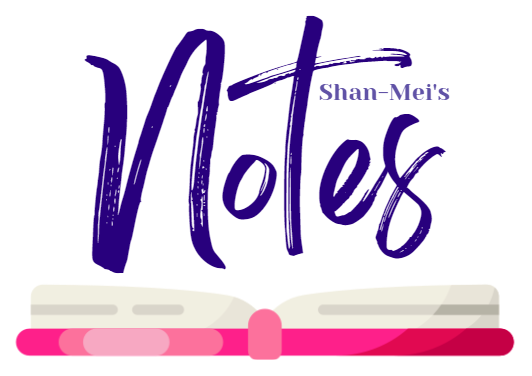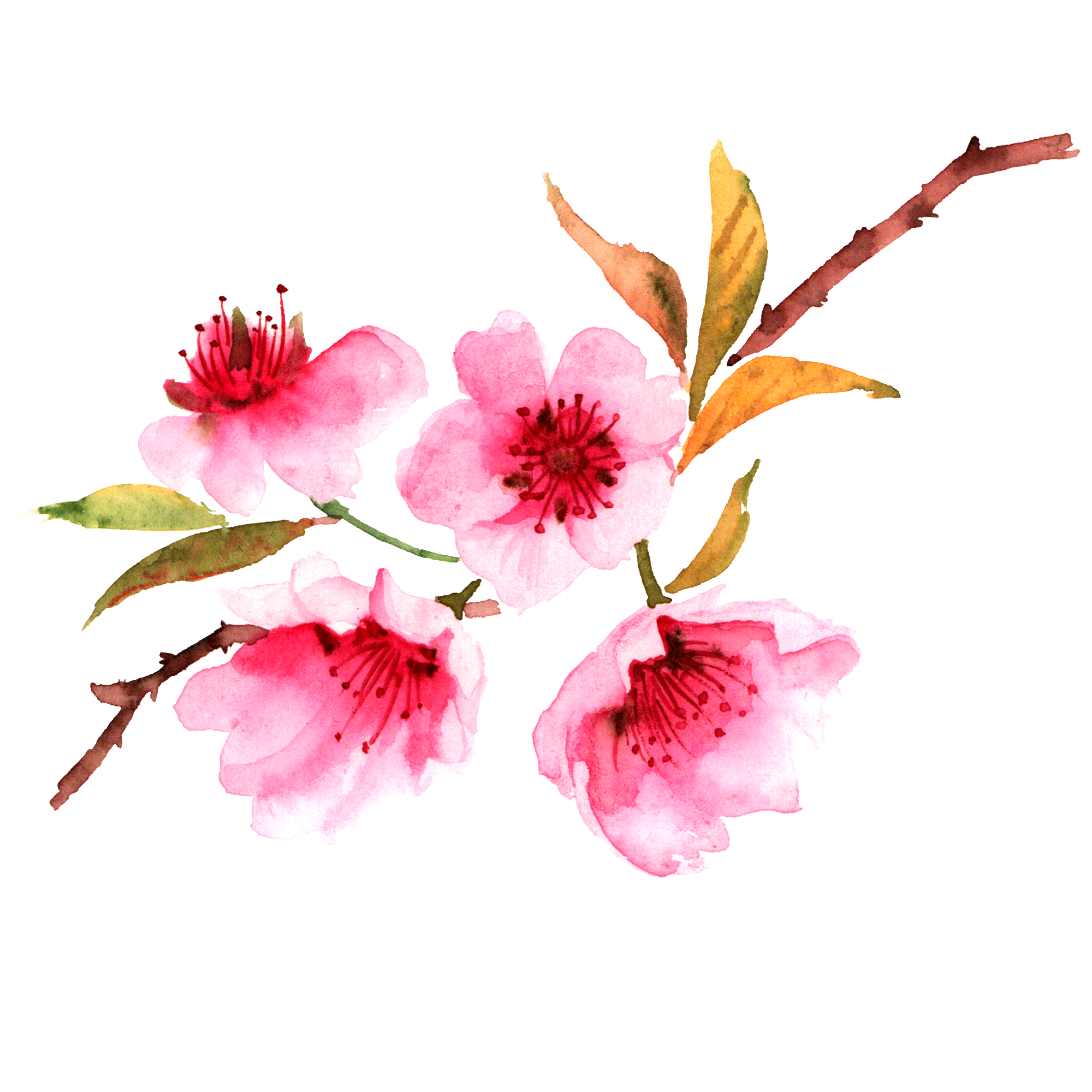


White supremacy
Definition
- Belief/ideology
- White people is esuperior
- Should dominate society
Key characteristics
- Racial hierarchy with whiteness at top
- Institutionalised racism
- Laws
- Policies
- Cultural practices
- Historically rooted in colonialism and slavery
Systematic racism
Definition
- Form of racism
- Normal practice in society or organisation
- Reflected in disparities in areas like criminal justice, education, employment
Key characteristics
- Institutionalised discrimination
- Policies and practice
- Disadvantaging people of colour
- Racial inequality
- Impact
- Unequal opportunities and treatments based on race
- Social and economic dominance of one racial group over others
Unconscious bias
Definition
- Aka implicit bias
- Automatic and unintentional stereotypes and attitudes
- Influences judgements and actions
Subtle influences
- Even rejecting prejudice, unconscious bias can still affect
Example
- Unconscious bias influence how characters perceive and treat Marta
- Even though they claim to be liberal and fair minded
Types
- Affinity bias
- Connection to similar people
- Perception bias
- Stereotypes and assumptions about diff groups
- Halo effect
- Assuming good qualities in people without knowing them
- Confirmation bias
- Looking to confirm our own opinions and pre-existing ideas
Liberalism
Definition
- Political and philosphy based on principals of liberty, equality and individual rights
- Personal freedoms and choice
- Everyone has those
Core principals
- Everyone has rights that should be protected
- Equality
- All individuals are equal under the law
- Democracy
- By the people, for the people
- Free market
- Economic freedom and minimal government intervention in markets
Context
- The enlightenment
- U.S. constitution
Criticisms
- Overemphasis on individualism
- Can ignore systematic issues and collective needs
- Inequality
- Don’t always address economical or racial disparities
- Paternalism
- Can lead to patronising attitude towards marginalised groups
Class
Definition
- Group of people who share similar socioeconomic status
- Relationship in production, wealth, social power
The classes
- Upper class
- Rich
- Owning means of production
- Middle class
- Moderate income and economic security
- Professional or managerial positions
- Working class
- Rely on wages from manual or low skilled labour jobs
- Lower class
- Little to no economic security
- Poverty or unemployment
Significance of class
- Economic influence
- Access to resources, opportunities, power within society
- Social mobility
- Ability to move between classes
- Can be limited by systemic barriers
- Cultural impact
- Cultural tastes, lifestyles, values
- Shapes identities and social networks
The class struggle/war
- Conflict between diff classes
- Particularly between those who own the means of production (the bourgeoisie) and those who sell their labour (the proletariat)
Marx theory
- All of history driven by class conflict
- Bourgeoisie and proletariat locked in struggle over resources and power
- Struggle will eventually lead to revolution
- Proletariat overthrows bourgeoisie and create classless society
History of class struggle
- Industrial revolution
- Rise of factories and urbanisation lead to harsh working conditions for proletariat while bourgeoisie had significant wealth
- Labour movements
- Organised efforts to demand better wages, working conditions, rights
- Trade unions, strikes, protests that have been pivotal in achieving labour rights
- Proletariat has all the skills
- Modern class struggle
- Economic inequality continues to grow
- Debates over issues like min wage, labour rights, wealth distribution
- Rise of the gig economy and concentration of wealth in hands of a few highlight ongoing class struggles in contemporary society


